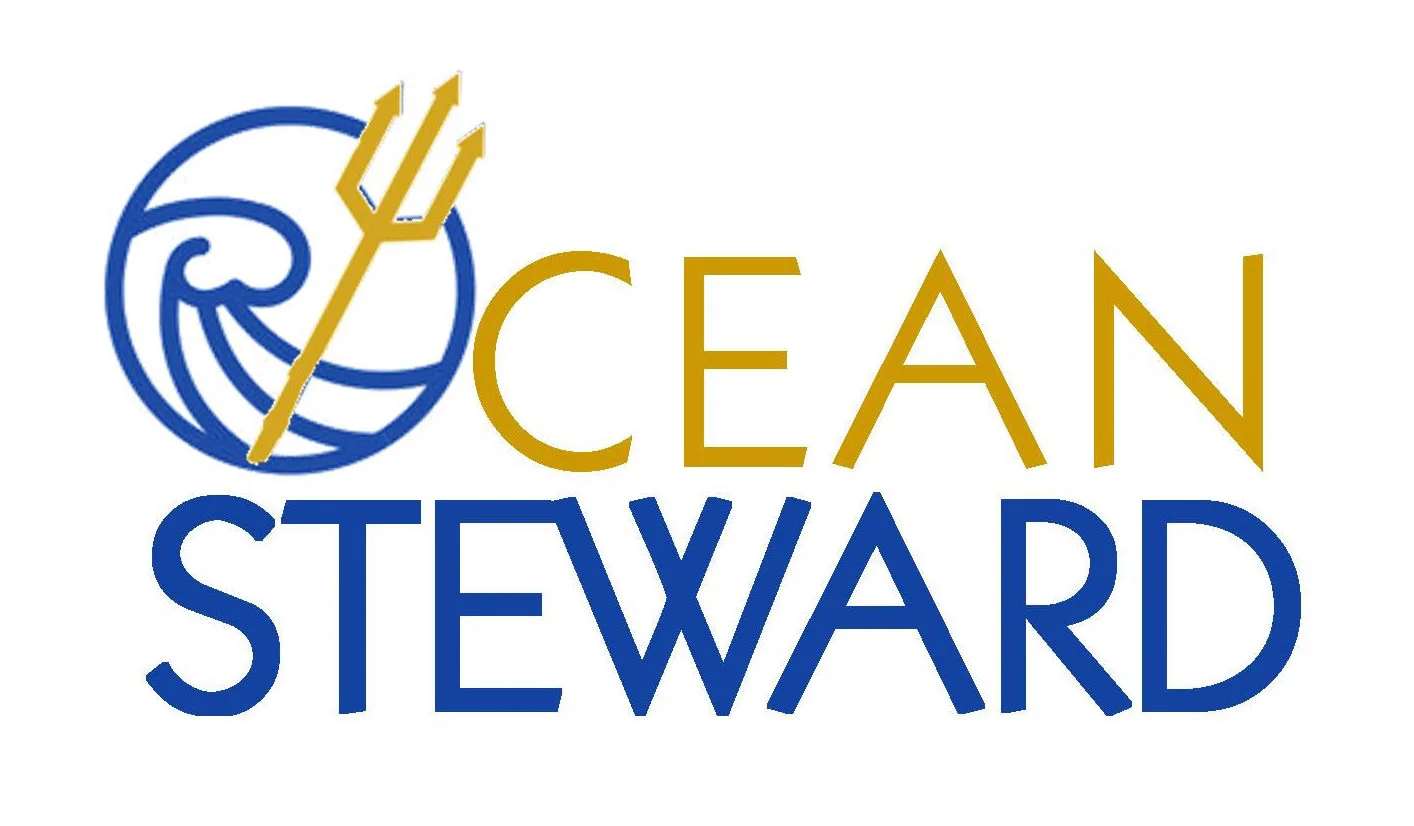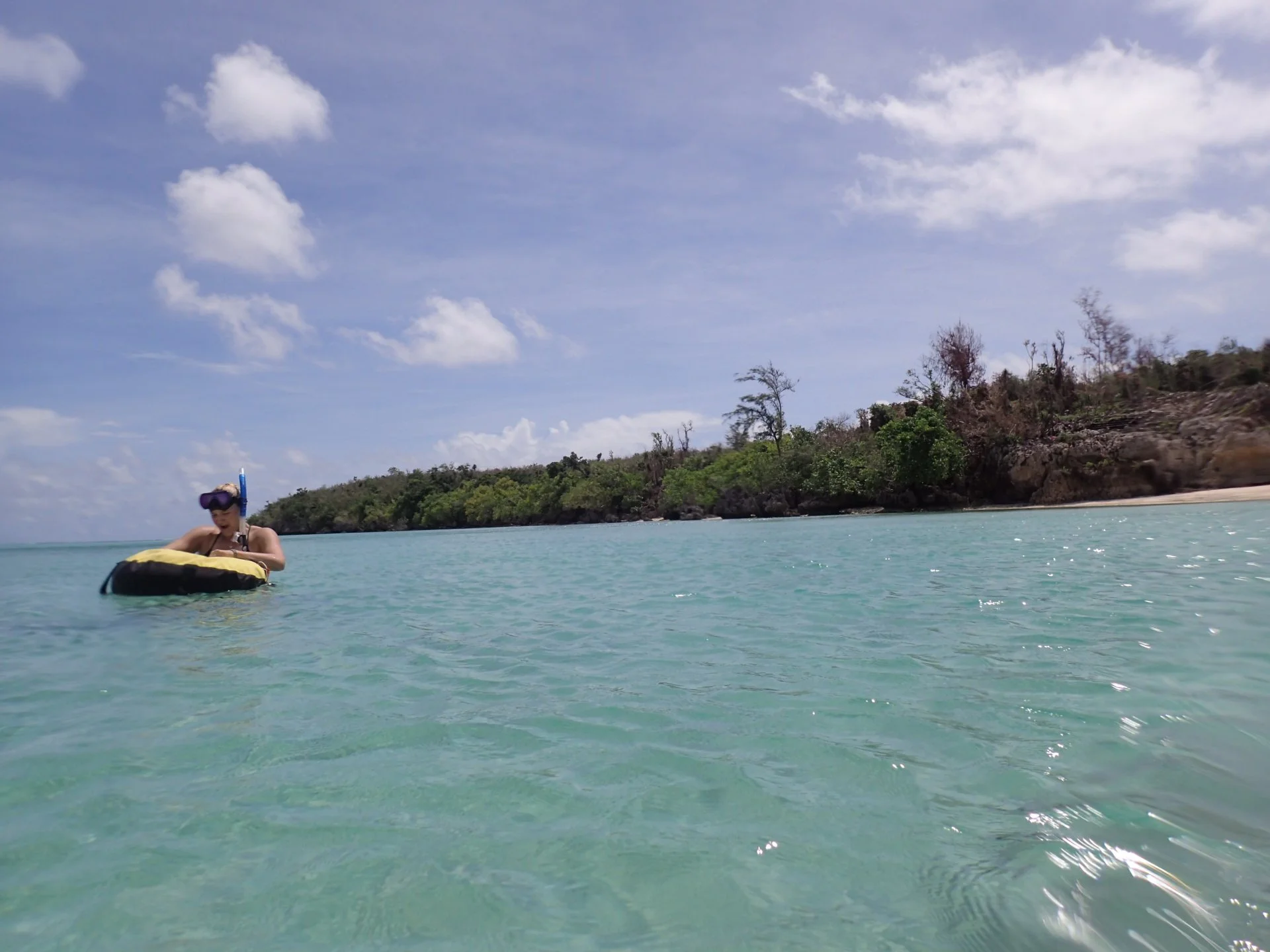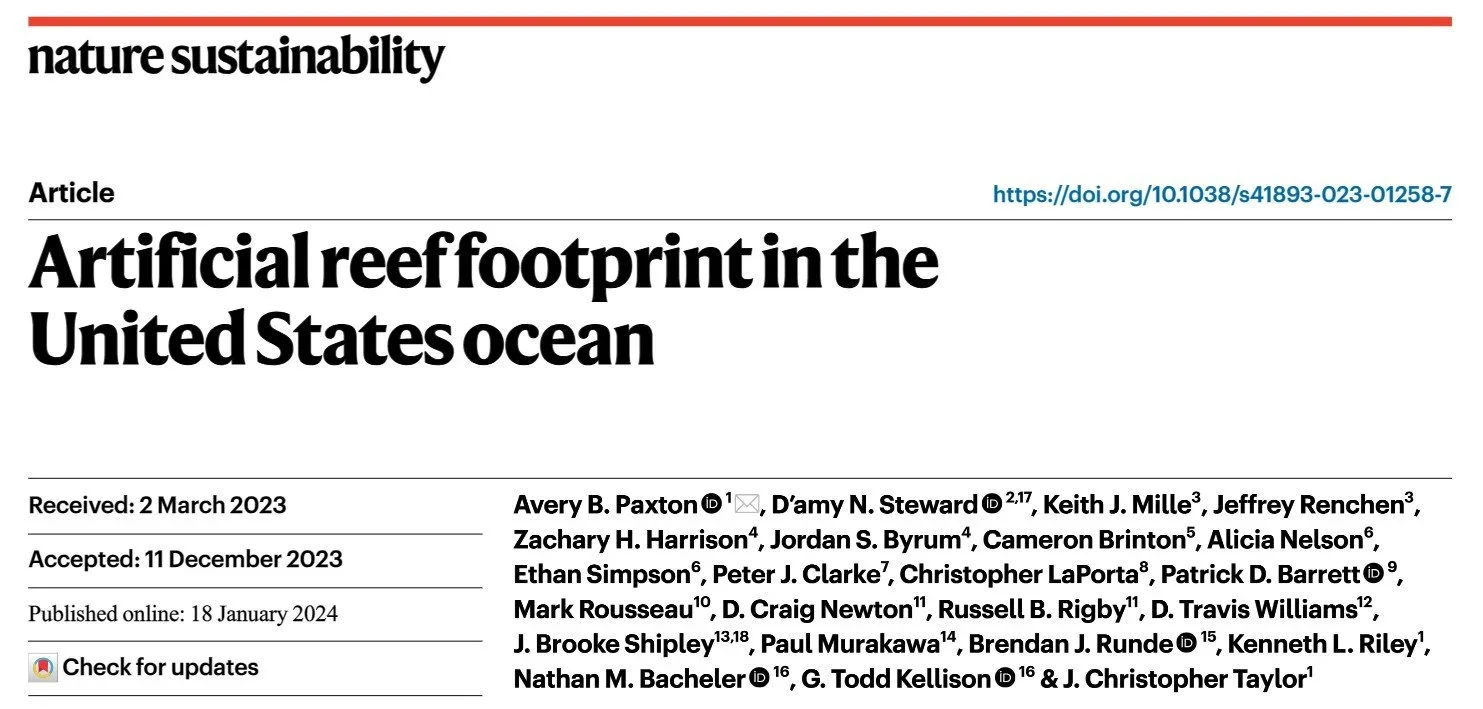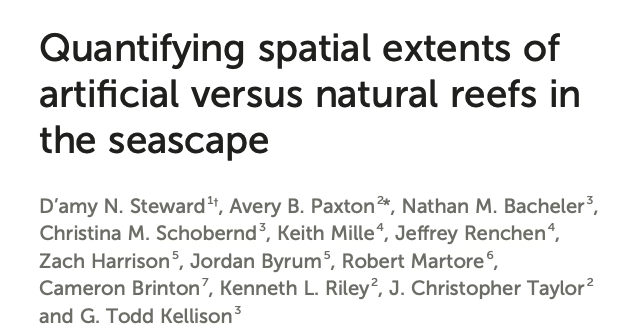PAst Research
Artificial Reefs
My work with artificial reefs began as a collaboration with the National Oceanic and Atmospheric Administration for my Undergraduate Senior Thesis at Duke University as a Rachel Carson Scholar. Since graduating, I have continued my collaboration with Dr. Avery Paxton at the NOAA office in Beaufort, NC. Artificial reefs are defined as structures intentionally sunk by state-managed artificial reef programs. The artificial reefs come in all shapes and sizes - concrete pipes, NYC subway cars, planes, ships, chicken coops, and specially designed structures for artificial reefs just to name a few.
Artificial Reef Coverage in the US Coastal Ocean
Artificial reefs are continuing to expand globally. To our knowledge, this is the first study to quantify artificial reef coverage across the entire United States. Our synthesis revealed that purposely sunk reef structures such as ships and concrete pipes occupy 19.23 km2 of the ocean through 2020. Over the past five decades (1970–2020), the intentional reef footprint increased 20.85-fold (~1,980%), but this rate of increase slowed in the past decade (2010–2020) to 1.12-fold (~12%). These baseline findings will inform sustainable use of built marine infrastructure and generation of ecological functions. Published in Nature Sustainability.
Quantifying spatial extents of artificial versus natural reefs in the seascape
Natural reefs are supplemented by artificial reefs as human use of the ocean increases. The distribution and coverage of both natural and artificial reefs are not well understood, but critical information for ocean planning and management decisions. This study presents a case study quantifying the coverage of artificial and natural reefs in the southeastern US. Published in Frontiers in Marine Science.
Fitting ecological principles of artificial reefs into the ocean planning puzzle
This paper highlights the importance of incorporating ecological principles into artificial reef planning. A framework and evaluation is presented accounting for the complexities of ecological, societal, and economic components associated with artificial reefs to maximize their efficiency. Published in Ecosphere.
Coral Sexual Propagation
This research was funded by the Ruth Gates Coral Restoration Innovation Grant awarded to Dr. Lyza Johnston (JAMS Saipan). There are several methods of coral restoration. This project focused on sexually propagated corals and aims to increase the survival of these restored corals.
Just in case you were wondering where in the world Saipan is… zoom out! Hint: Guam is 140 miles south.




